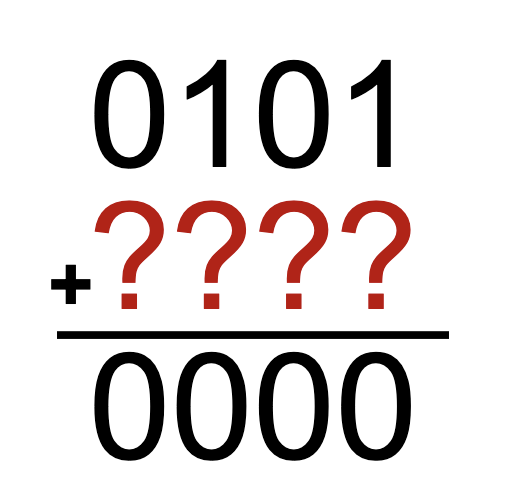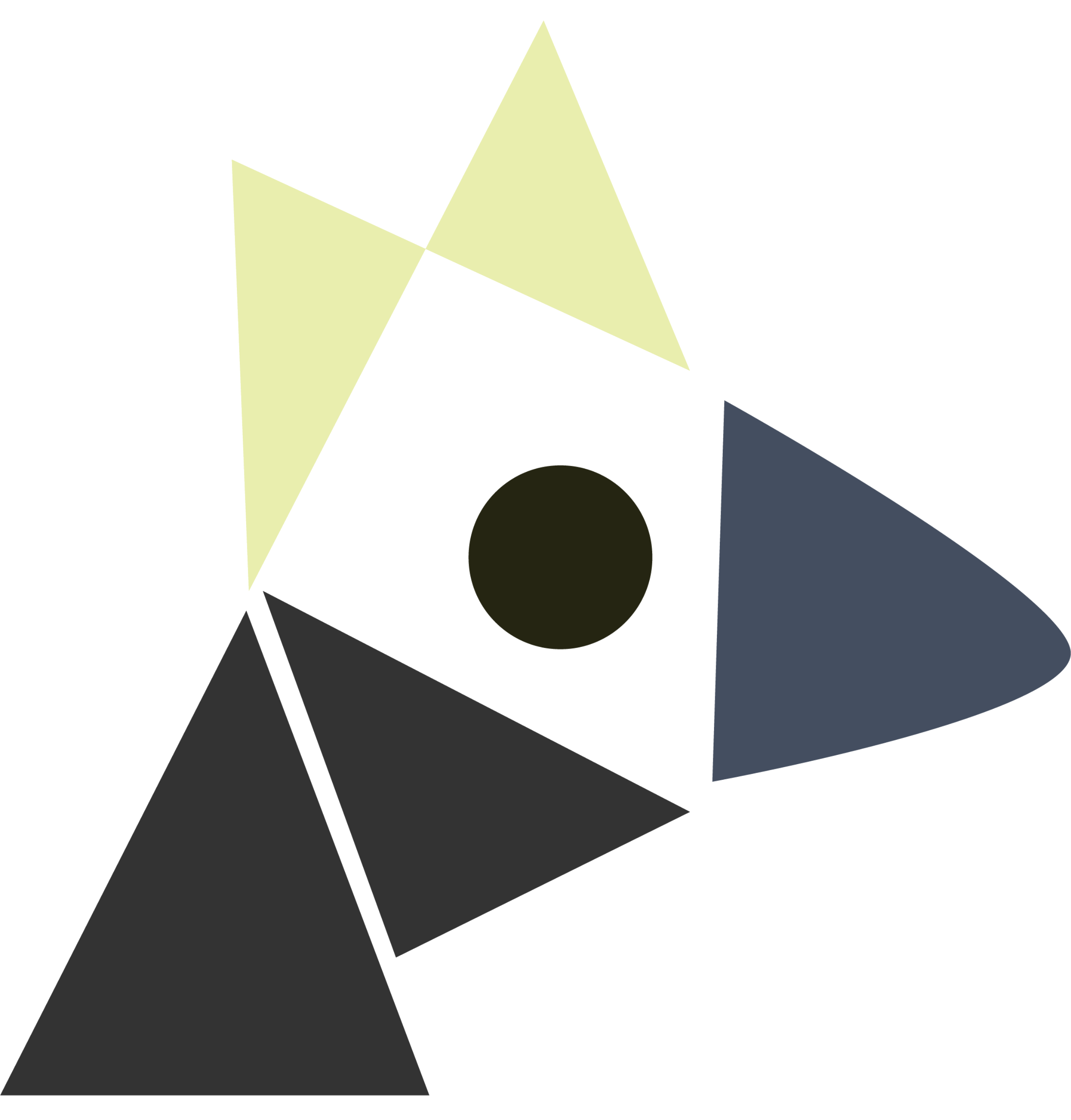two-dimensional heat equation
Last edited: August 8, 2025what if heat, but plate
\begin{equation} \pdv{u}{t} = \pdv[2]{u}{x} + \pdv[2]{u}{y} \end{equation}
For some heat distribution that has arbitrary shape, on some domain \(\Omega \times [0, \infty]_{t}\) (i.e. argumentation of some space dimensions by time).
- Dirichlet Conditions: edges have heat \(0\)
- OR Neumann Conditions: normal derivative (flux) is \(0\) at the edge
If \(\Omega\) is a general blob, you are actually kinda fucked. Because the bounds on \(x\) depend on \(y\), and \(y\) on \(x\), so you can’t just separate them into a product.
two's complement
Last edited: August 8, 2025Say we want to find the number which is the additive inverse (“negative”) of a number.
We can just flip each of the digit, and then add 1:

- take \(0101\), invert it to get \(1010\)
- adding these two numbers will give you \(1111\). If we just added one more \(0001\), it will flip over to be \(0000\).
- Therefore, \(1010+0001 = 1011\) is the additive inverse of \(0101\).
The left most bit being one: still a mark of whether or not something is negative. It just works backwards:
type theory
Last edited: August 8, 2025type theory was originally aimed creating a basis of all of mathematics. it got out-competed in math by set theory. it formalizes…
- programs
- propositions (types)
- proofs that programs satisfies these propositions
and does so in one system.
key features
- it creates an isomorphism between programs/types with proofs/propositions
- it creates a hierarchy which allows defining types, type operations, proofs into the same system at different levels
- it allows possibly-undecidable expressive dependent types to be constructed
musing
- this is a foundation of mathematics, and in particular constructive mathematics
- its pretty powerful to prove anything we want to prove—so can be used to verify the correctness of all sofware
properties of type systems
type stratification
Consider a type of all types Type,
types of harm
Last edited: August 8, 2025typing
Last edited: August 8, 2025what is a type? a type is a set of values.
consider
List[Int]; importantly, List is not a type; its a “type constructor” which takes a type as input (Int) and gives you as type as output List[int].
-> is another “type constructor”; its a type constructor written in infix notation. It takes two arguments, it constructs a type for set of functions which takes an integer as input and maps it to another integer Int -> Int
